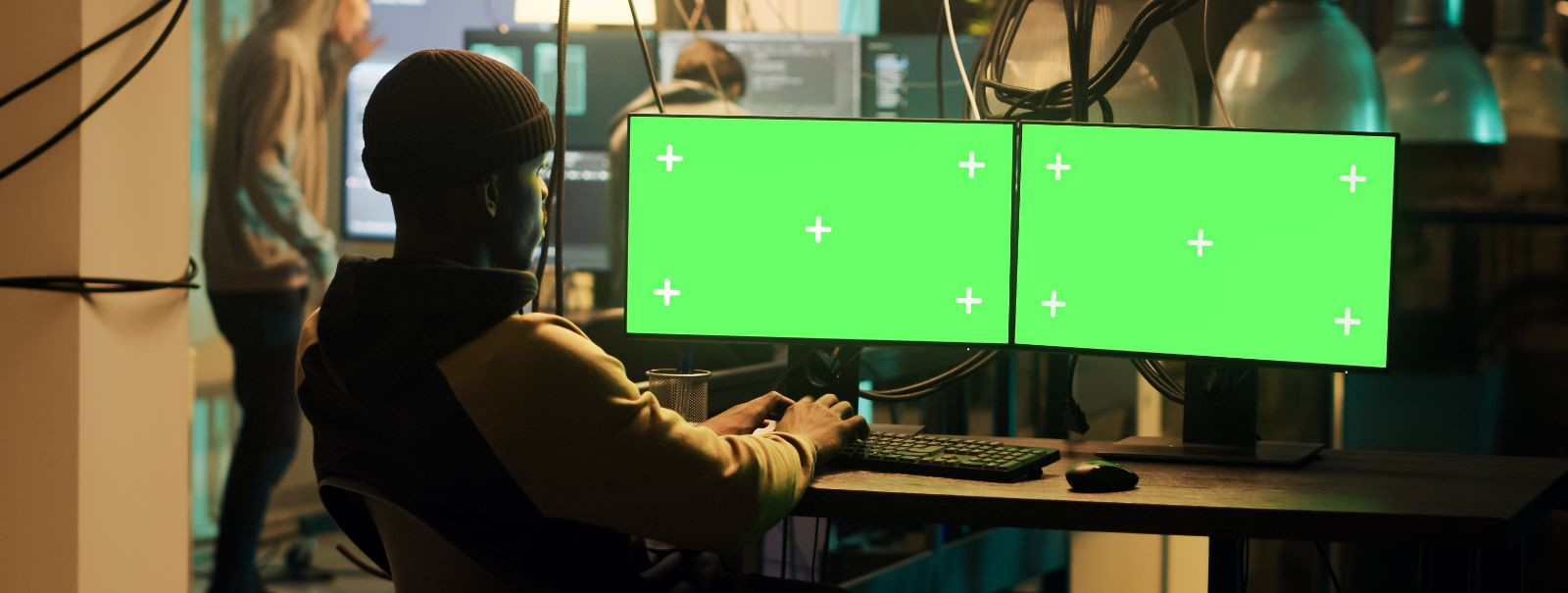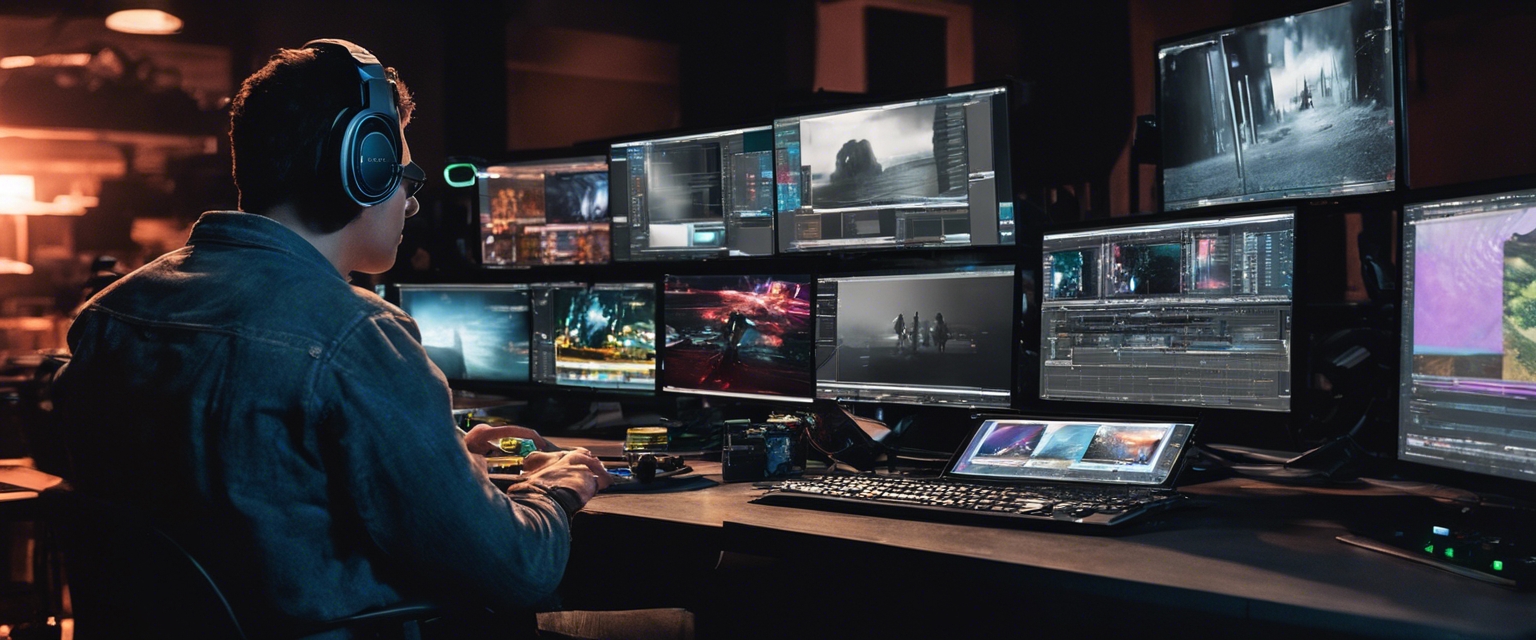The future of film: how vfx shapes storytelling
Visual effects (VFX) have come a long way since the early days of cinema. From the pioneering stop-motion animation of 'King Kong' in 1933 to the groundbreaking CGI of 'Jurassic Park' in 1993, VFX have continually pushed the boundaries of what is possible on screen. Today, VFX are an integral part of the filmmaking process, enabling creators to tell stories that are limited only by their imagination.
Visual effects are no longer just a tool for creating explosions or fantastical creatures. They have become a crucial element in storytelling, allowing filmmakers to enhance the narrative, develop characters, and create immersive worlds. VFX can subtly influence the mood and tone of a film, or they can take center stage to deliver spectacular visual narratives.
Technological Advancements in VFX
The transition from practical effects to digital techniques has opened up new possibilities for filmmakers. With the advent of digital VFX, artists can now manipulate images in ways that were once unthinkable, from de-aging actors to crafting intricate environments entirely from scratch.
Emerging technologies such as virtual production, real-time rendering, and AI-driven effects are revolutionizing the VFX industry. These advancements are not only making VFX more accessible and cost-effective but are also enabling a more seamless integration of visual effects into live-action footage.
The Art of Possibility: VFX as a Storytelling Tool
VFX have expanded the filmmaker's canvas, allowing for the visualization of scenes that would be impossible to capture in reality. This expansion has led to the creation of entirely new genres and has given filmmakers the freedom to explore complex themes and narratives.
The ability to create entire worlds and realities has been one of the most significant contributions of VFX to storytelling. Films like 'Avatar' and 'Inception' have showcased the power of VFX to transport audiences to places they've never seen, enhancing the storytelling experience.
Challenges and Considerations in VFX-Driven Storytelling
While VFX can create stunning visuals, there is a delicate balance between spectacle and story. Filmmakers must ensure that the effects serve the narrative and do not overshadow the plot or characters.
The cost and complexity of creating high-quality VFX can be significant. This has implications for budgeting and planning, as well as for the time required to produce the final product. It is crucial for filmmakers to work closely with VFX teams to align the vision and resources.
Integrating VFX with Traditional Filmmaking
The collaboration between directors and VFX artists is essential for the successful integration of visual effects into a film. This partnership allows for a shared vision and ensures that the VFX enhance the director's storytelling objectives.
As VFX become more prevalent, it is important to train the next generation of filmmakers in the art and science of visual effects. This includes not only technical skills but also an understanding of how VFX can be used to support and enhance storytelling.






Comments (0)